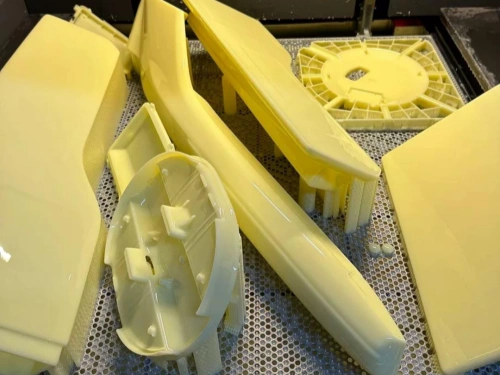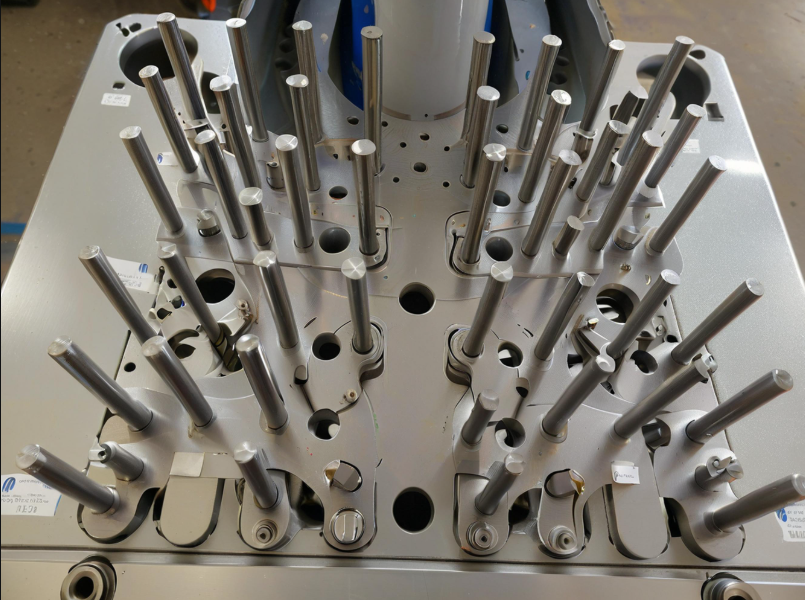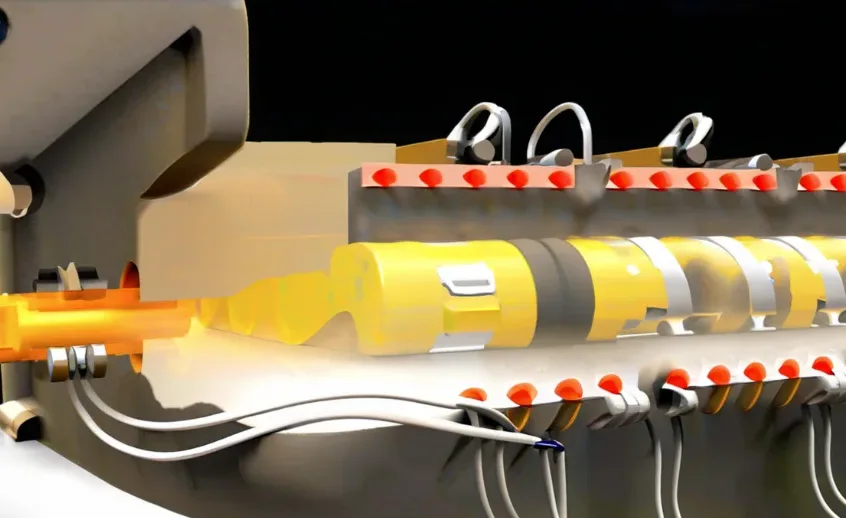In the world of prototype manufacturing, two prominent technologies stand out: light curing (SLA) and laser selective sintering (SLS).
Both play vital roles in the production of hand models and are widely adopted in industrial design and development.
But what sets them apart, and how do they complement one another?
Similarities Between SLA and SLS
At their core, both SLA and SLS share similar principles. They build parts layer by layer based on 3D CAD models and are integral to rapid prototyping, especially during the early stages of product development.
Each method allows for quick validation of design concepts and supports functional testing and structural assessment.
Key Differences in Materials and Application
While their foundational concepts align, SLA and SLS differ significantly in material use and performance outcomes.
SLA (Stereolithography) utilizes liquid photosensitive resin, cured by a laser to form solid layers.
SLS (Selective Laser Sintering), on the other hand, employs powdered materials, including nylon, polycarbonate (PC), wax powders, metals, and even some ceramics.
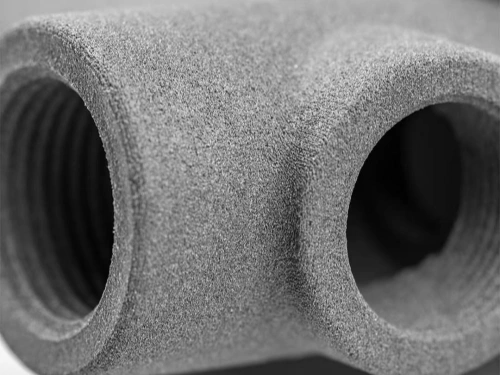
These differences result in distinct benefits:
SLA provides higher accuracy and surface finish, making it ideal for detailed prototypes, aesthetic models, and products requiring tight tolerances.
SLS offers broader material compatibility and mechanical strength, making it suitable for functional prototypes and low-volume production of complex, durable parts—even when surface roughness and dimensional precision are secondary.
Despite SLS having a slightly rougher surface and lower precision, its versatility in material selection and ability to create structurally sound components make it highly valuable in many industrial sectors.
Choosing the Right Process
Understanding the strengths and limitations of each technology helps customers select the most suitable approach:
For high-precision models and parts with fine details or smooth surfaces, SLA is typically the better option.
For large, strong, or cost-effective parts where material variety and functional use are more critical, SLS stands out.
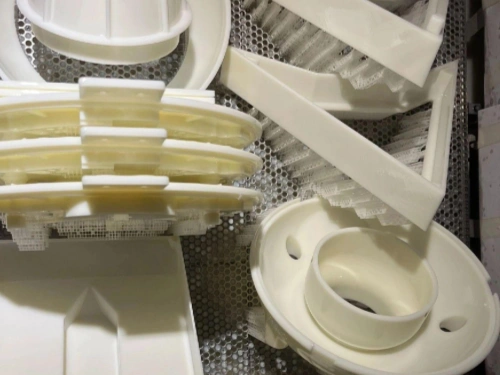
Advantages of SLA Technology
Mature and well-established process with reliable performance.
Direct manufacturing from CAD files—no need for molds or tooling.
Ideal for complex geometries difficult to achieve with traditional methods.
Helps visualize digital designs and reduces costly design errors.
Enables quick sample production for testing and simulation verification.
Supports remote operation and contributes to automation in production.
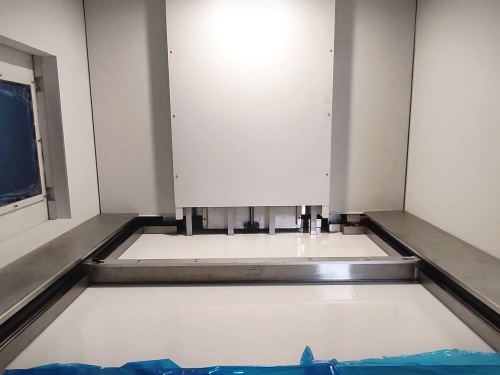
Limitations of SLA
High initial setup and maintenance costs.
Sensitive to environmental conditions and requires strict operational standards.
Parts are typically resin-based, limiting mechanical strength and long-term durability.
Software pre-processing is complex and requires significant computational resources.
Systems can be difficult for new users to master due to non-standard file formats.
SLA technology is predominantly controlled by a few companies, limiting access and flexibility.
Future Prospects of SLA
The evolution of SLA is trending toward faster processing, lower energy consumption, eco-friendly materials, and miniaturized systems. As technology continues to advance, SLA is expected to become more accessible, precise, and sustainable—opening the door to broader industrial and creative applications.
If you’re exploring the right rapid prototyping method for your next project, understanding these core technologies can make all the difference in achieving the perfect balance between performance, cost, and design accuracy.
Contact us: prototype@ruiyi-cncmachining.com
Website: www.ruiyi-cncmachining.com

